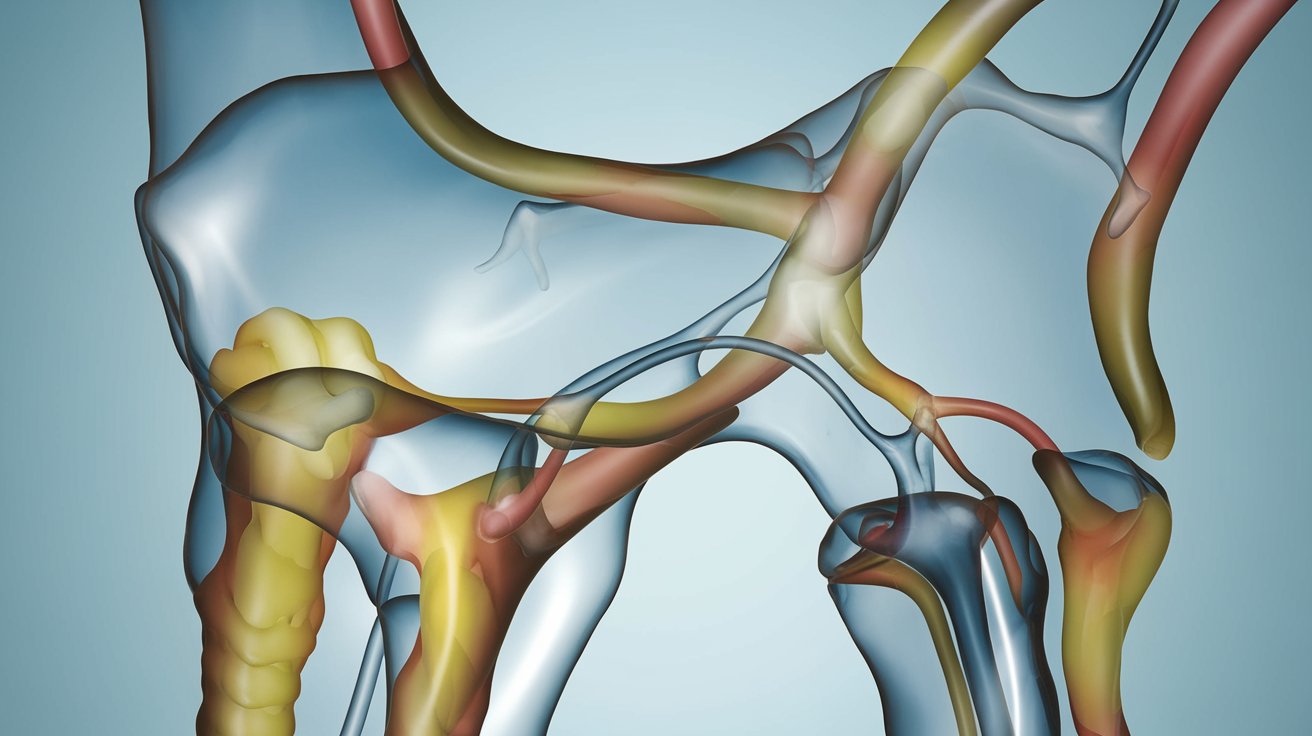
Hyaline cartilage is a type of connective tissue found in various parts of the body. It plays a crucial role in providing support and flexibility. But what exactly makes it so special? Hyaline cartilage is known for its glassy, smooth appearance and is primarily composed of collagen fibers. This unique structure allows it to cushion joints, reduce friction, and absorb shock. You'll find it in places like the nose, trachea, and at the ends of long bones. Understanding hyaline cartilage can help us appreciate how our bodies move and function. Ready to learn more? Let's dive into 27 fascinating facts about this incredible tissue!
What is Hyaline Cartilage?
Hyaline cartilage is a type of connective tissue found in various parts of the body. It has a glassy, translucent appearance and plays a crucial role in providing support and flexibility.
- Hyaline cartilage is the most common type of cartilage in the human body.
- It is composed mainly of collagen fibers and a gel-like matrix.
- This cartilage type is found in the nose, trachea, and larynx.
- It also covers the ends of long bones in joints, reducing friction during movement.
- Hyaline cartilage forms the embryonic skeleton before it ossifies into bone.
Functions of Hyaline Cartilage
Hyaline cartilage serves several important functions in the body. It provides structural support, facilitates smooth joint movements, and plays a role in growth and development.
- It acts as a shock absorber in joints, protecting bones from impact.
- Hyaline cartilage allows for smooth articulation of bones, reducing wear and tear.
- It provides a flexible yet sturdy framework for respiratory structures.
- This cartilage type supports the growth of long bones during childhood and adolescence.
- It helps maintain the shape and structure of certain body parts, like the nose and ears.
Hyaline Cartilage in Joints
In joints, hyaline cartilage is essential for proper function and mobility. It ensures that movements are smooth and pain-free.
- Hyaline cartilage covers the articular surfaces of bones in synovial joints.
- It is avascular, meaning it lacks blood vessels, which limits its ability to heal.
- The cartilage is nourished by synovial fluid, which also lubricates the joint.
- Damage to hyaline cartilage can lead to conditions like osteoarthritis.
- Regular exercise helps maintain the health of hyaline cartilage in joints.
Hyaline Cartilage and Aging
As people age, hyaline cartilage undergoes changes that can affect its function and durability. Understanding these changes can help in managing joint health.
- Hyaline cartilage tends to thin and wear down with age.
- The water content in the cartilage decreases, making it less resilient.
- Age-related changes can lead to joint stiffness and pain.
- Maintaining a healthy weight can reduce stress on hyaline cartilage in joints.
- Supplements like glucosamine and chondroitin may support cartilage health.
Hyaline Cartilage in Medical Research
Hyaline cartilage is a focus of medical research due to its limited ability to heal and regenerate. Scientists are exploring ways to repair and replace damaged cartilage.
- Researchers are investigating stem cell therapy for cartilage regeneration.
- Tissue engineering aims to create lab-grown hyaline cartilage for transplants.
- Advances in 3D printing technology are being used to develop cartilage scaffolds.
- Gene therapy holds potential for enhancing the repair of hyaline cartilage.
- Understanding the molecular mechanisms of cartilage degeneration can lead to new treatments.
Interesting Facts About Hyaline Cartilage
Here are some lesser-known facts about hyaline cartilage that highlight its unique properties and functions.
- Hyaline cartilage is named after the Greek word "hyalos," meaning glass, due to its translucent appearance.
- Unlike other tissues, hyaline cartilage does not contain nerves, so damage to it is often painless initially.
Final Thoughts on Hyaline Cartilage
Hyaline cartilage plays a crucial role in our bodies. It provides smooth surfaces for joint movement, supports respiratory structures, and forms the early skeleton in embryos. This type of cartilage is found in the nose, trachea, and larynx, as well as at the ends of long bones. Its glassy appearance comes from the collagen fibers embedded in its matrix, which also gives it strength and flexibility.
Understanding hyaline cartilage helps us appreciate how our bodies function and the importance of maintaining joint health. Injuries or diseases affecting this cartilage can lead to pain and mobility issues, highlighting the need for proper care and medical attention when necessary.
By knowing these facts, you can better understand the significance of hyaline cartilage and its impact on overall health. Stay informed and take steps to protect your joints for a healthier, more active life.
Was this page helpful?
Our commitment to delivering trustworthy and engaging content is at the heart of what we do. Each fact on our site is contributed by real users like you, bringing a wealth of diverse insights and information. To ensure the highest standards of accuracy and reliability, our dedicated editors meticulously review each submission. This process guarantees that the facts we share are not only fascinating but also credible. Trust in our commitment to quality and authenticity as you explore and learn with us.


